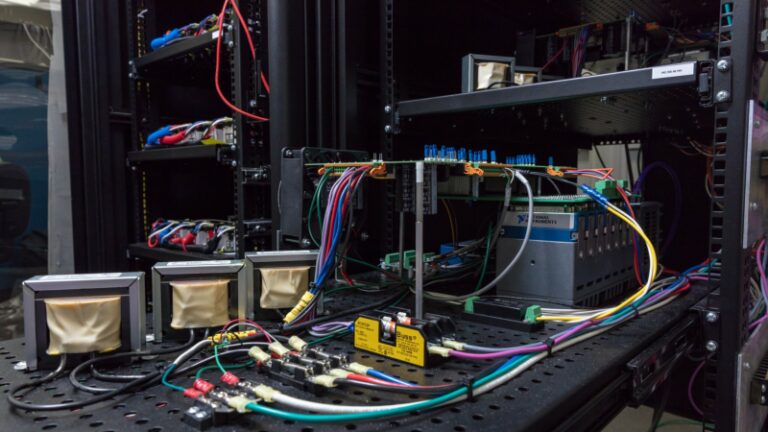Directed technological change and general purpose technologies: can AI accelerate clean energy innovation?

Downloads
The race between clean and dirty technologies is taking place against the backdrop of improvements in general-purpose technologies such as information and communication technologies (ICT) and artificial intelligence (AI). In this paper, the authors show how, in theory, a general-purpose technology can affect the direction of technological change and, in particular, the competition between clean and dirty technologies. Using patent data from the electricity and transport sectors, they show that clean technologies use and benefit more from AI and ICT knowledge than dirty technologies do and that energy patenting firms with higher AI knowledge stocks are more likely to absorb new AI knowledge for their energy inventions. The authors conclude that ICT and AI have the potential to accelerate clean energy innovation, which is critical for reducing carbon emissions.
Key points for decision-makers
- The authors study the impact of information and communication technologies (ICT) and artificial intelligence (AI) as key ‘General-Purpose Technologies’ (GPTs) on clean energy innovation.
- They argue that theoretically, GPTs can help clean technologies compete with dirty technologies and could make new technologies more attractive for R&D investments. If inventors start preferring clean technologies, they will put more effort into applying the GPT to it, which in turn increases the technology’s productivity, further encouraging innovators to focus on it.
- Some ICT and AI technologies may have applications essential for the transition to clean energy – such as smart grids facilitating the integration of distributed renewable energy with bulk power generation plants and bulk energy storage systems, and smart buildings benefitting from effective load demand forecasting and better monitoring through smart meters.
- However, given the wide range of applications for AI, it could also help the productivity of dirty technologies (i.e., conventional, highly polluting technologies) and prolong their attractiveness.
- The authors use patent data to show the extent to which clean and dirty technologies have incorporated advances in AI and ICT (or have ‘absorbed spillovers’) over the last two decades and find that, particularly for AI since 2010, clean inventions consistently incorporate or absorb more.
- The results can help inform energy policy. Because the empirical analysis shows that firms are an essential locus for knowledge spillovers between the GPT and energy applications, increasing the development of firm-level capabilities in both digital and low-carbon technologies is likely worthwhile.

